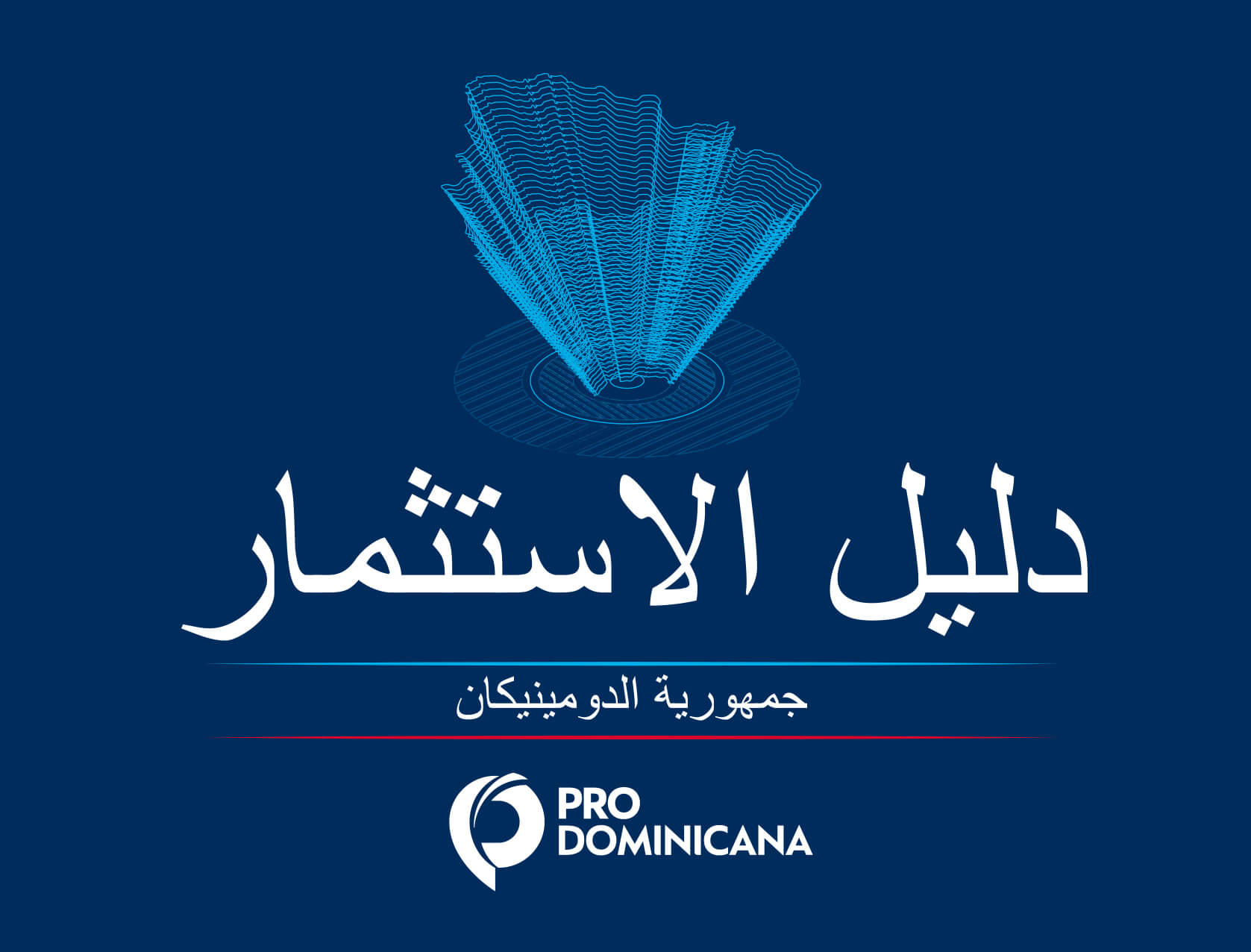The Dominican Republic is the ninth-largest economy in Latin America and the largest in the Caribbean and Central America region. In 2018, GDP amounted to 78.93MUSD with an average growth of 5.3% per year and 7% in 2018. It is considered one of the fastest economies in Latin America and the Caribbean.
Read moreThe Dominican Republic or Quisqueya, as we Dominicans call it, mother of all lands, gateway to the New World; it is a melting pot of creativity, a mixture of races and customs. A country of impressive sea, beaches, and mountains, but also the owner of an immensely rich cultural wealth that deserves to be known.
Read moreThe typical Dominican handicraft is a very important pillar, it is rich and varied, it includes elements that come from the indigenous, European and African heritage. The pieces made of ceramic are very popular: little houses, facades with decorative details and the famous and internationally demanded Limé dolls without a face (to represent a collective ethnicity).
Read moreOne cannot speak of the Dominican Republic without mentioning the Taino, African and Spanish influence that is savored in every Dominican dish. All these roots are seasoned with the mixture of the local and its evolution over time. Among its tastiest dishes are the sancocho, the mofongo and the Dominican flag.
Read moreFebruary is marked in the Dominican calendar to celebrate one of their most momentous festivals: Carnival. Color, joy and popular culture take over the towns and cities of the Dominican Republic.
Read moreThe history of the country is full of world-renowned visual artists, such as Elsa Núñez, Ada Balcácer, Soucy de Pellerano, José Cestero, Thimo Pimentel, Ramón Oviedo, Guillo Pérez and Cándido Bidó, who are joined by ingenious artists who they have built important careers, both domestically and internationally.
Read moreIt should be noted that in just over a hundred years, the Dominican Republic has built a solid literary canon: numerous poets, essayists, narrators, and playwrights have transcended borders. Names such as the National Poet Pedro Mir, Juan Bosch, Manuel del Cabral, Alexis Gómez Rosa, Andrés L. Mateo, Pedro Peix and Marcio Veloz Maggiolo stand out for their great talent.
Read moreTo dance, we have different rhythms, such as merengue and bachata, declared by UNESCO as Intangible Cultural Heritage of Humanity The Merengue is the most indigenous rhythm in the country and the one that has taken a bit of Quisqueya in the voices of different artists, to the most remote places on the planet.
Read moreWe Dominicans are the friendliest people you can meet! We live with great passion in the way we dress, the way we dance and in our warm embrace of others, be they neighbor or visitors.
Read moreWe Dominicans aBaseball is the national sport of the Dominican Republic and each game is lived with great fervor. For Dominicans, “ball” is more than a sport: it is a passion without limits, a love for the country and unity. For the younger generation, baseball also symbolizes a dream and hope for a better future, with the possibility of becoming one of the most legendary Dominican baseball players in the world. After all, we are the largest exporter of players to the big leagues.are the friendliest people you can meet! We live with great passion in the way we dress, the way we dance and in our warm embrace of others, be they neighbor or visitors.
Read moreThe Dominican Republic occupies two-thirds of the eastern side of Hispaniola Island, which it shares with the Republic of Haiti. We are the second largest and most diverse country in the Caribbean with an area of 49,967 square kilometers. We have a population of about 10.5 million.
Read more

